Q
How many airbags in Honda Jazz?
Honda Jazz is typically equipped with multiple airbags, commonly including front passenger and driver airbags, side airbags, and side curtain airbags, totaling about 4 to 6 airbags. However, the specific number may vary depending on the different configurations of the model.
Special Disclaimer: This content is published by users and does not represent the views or position of PCauto.
Related Q&A
Q
What Segment is Honda Jazz?
The Honda Jazz is classified as a B-Segment small hatchback in the Malaysian market. This segment is typically characterized by flexible handling, economic practicality, and convenience for urban commuting, making it suitable for Malaysia's narrow streets and high fuel costs. The Jazz has become a popular choice in this segment, especially among young families and urban commuters, thanks to its iconic "Magic Seat" flexible seating design, efficient Earth Dreams engine technology, and spacious interior within a compact body.
In the Malaysian market, competing models in the same segment include the Toyota Yaris and Perodua Myvi. However, the Jazz is well - known for the high resale value and reliability of the Honda brand. It's worth noting that B - Segment vehicles in the Southeast Asian market generally prioritize fuel economy and maintenance costs. The combination of the Jazz's 1.5L i - VTEC engine and CVT transmission can achieve an actual fuel consumption of over 15 km/L, meeting the local consumers' demand for practicality.
In addition, this vehicle line was upgraded to a hybrid version in some global markets in 2021. However, the current models in Malaysia still mainly use traditional fuel power. Whether a new energy version will be introduced in the future depends on Honda's regional strategic adjustments.
Q
What is the Reslae Value of Honda Jazz?
The resale value of the Honda Jazz in the Malaysian used - car market is relatively stable. This is due to its reliable quality, low fuel consumption, and the high local recognition of the Honda brand. Depending on the vehicle's age, mileage, and condition, a 3 - to 5 - year - old Jazz can usually retain 50% - 65% of its original price. The Hybrid models may have a 5% - 8% premium because of their energy - saving features.
The key factors affecting its residual value include regular maintenance records (especially the maintenance of the CVT transmission), the body color (white and silver are more popular), and whether it is still within the original factory warranty period. It is recommended that car owners keep complete maintenance receipts and use original factory parts to maximize the vehicle's value retention.
Among its peers, the used - car price performance of the Jazz is better than some of its competitors. This is related to its flexible space design (such as the ULTRA seat system) and low failure rate. However, the specific transaction price still needs to refer to the real - time data on used - car platforms like Carlist or mytukar.
It's worth noting that the tax - exemption policy for domestic cars introduced in some regions after 2020 has slightly affected the price fluctuations of imported used cars. But as a cost - effective urban vehicle, the demand for the Jazz remains strong in urban areas like the Klang Valley.
Q
How Many CC is Honda Jazz?
The Honda Jazz models available in the Malaysian market are mainly equipped with a 1.5 - liter naturally aspirated engine with a displacement of 1497cc (cubic centimeters). This is a common 'golden displacement' for compact hatchbacks, balancing fuel economy and power performance. This engine uses Honda's i - VTEC technology, capable of outputting approximately 120 horsepower and 145 Nm of torque. It is paired with a CVT transmission or a 6 - speed manual transmission (depending on the version), which is suitable for urban commuting and flexible driving.
It's worth noting that while the displacement (CC) affects power output, the actual driving experience also depends on engine tuning, vehicle weight, and the matching of the transmission system. For example, Honda has optimized the combustion efficiency of the Jazz through Earth Dreams technology, making the torque more abundant at low speeds. Malaysian customers can also pay attention to the minor changes in different model years when making a choice. For instance, some versions after 2020 have upgraded the Honda SENSING safety system.
Similar models in the same class, such as the Toyota Yaris or Perodua Myvi, also use a similar displacement, but they have different technological focuses. It is recommended to take test drives for comparison. Additionally, Malaysia's automotive tax structure gives vehicles with a displacement below 1.5 liters a price advantage, which is also one of the reasons why the Jazz has been popular for a long time.
Q
What is the Engine in Honda Jazz?
The Honda Jazz available in the Malaysian market is equipped with a 1.5-liter i-VTEC naturally aspirated gasoline engine. This engine is well - known for its high efficiency and reliability. It has a maximum output power of approximately 120 horsepower and a peak torque of 145 Nm, making it suitable for city driving and daily commuting while also taking fuel economy into account.
This engine adopts Honda's classic i-VTEC technology, which optimizes power output and fuel consumption through an intelligent variable valve timing and lift system. Paired with a CVT continuously variable transmission, it offers a smooth driving experience.
In addition, the Honda Jazz also comes in a hybrid version (such as the e:HEV). It combines a 1.5-liter Atkinson cycle engine with a dual - motor system, further enhancing energy - saving efficiency, which is ideal for consumers with higher environmental protection requirements.
For Malaysian users, the durability and low maintenance cost of this engine are also among the reasons for its popularity. Moreover, Honda's after - sales service network covers the whole country, providing convenience for car owners. When it comes to the used - car market, the engine of the Jazz also has a relatively high resale value, making it an economical and practical choice.
Q
What is the Gearbox Type of Honda Jazz?
The transmission types vary among different versions of the Honda Jazz. Specifically, the 2019 Honda Jazz 1.5 S, 1.5 E, and 1.5 V versions all come with a CVT (Continuously Variable Transmission). This type of transmission offers a smooth shifting experience, making the driving process even more seamless and also helping to improve fuel efficiency.
On the other hand, the 2019 Honda Jazz 1.5 Hybrid version is equipped with a DCT (Dual-Clutch Transmission). A dual-clutch transmission allows for rapid gear changes and highly efficient power transfer, which can enhance the vehicle's dynamic performance and driving pleasure to some extent.
Each type of transmission has its own unique features. Consumers can choose the appropriate model according to their driving habits and needs.
Q
What is the PCD Size of Honda Jazz?
The PCD (Pitch Circle Diameter) size of the Honda Jazz is 4x100, which means its wheels have 4 bolt holes, and the centers of these holes are distributed on a circle with a diameter of 100 millimeters. This specification is very common in the Malaysian market and is suitable for many economy and compact cars. Understanding the PCD size is crucial when replacing wheels or upgrading tires because if the PCD doesn't match, the wheels won't be installed correctly, which may affect driving safety.
Apart from the PCD, when choosing wheels, you also need to pay attention to the center bore diameter (CB) and the offset value (ET) to ensure full compatibility. Owners of the Honda Jazz can choose factory - spec wheels or wheels from other brands that meet the 4x100 PCD when modifying their wheels. However, it is recommended to choose certified products to ensure quality and safety.
In addition, when modifying wheels, you need to pay attention to the traffic regulations in Malaysia to ensure that the modified vehicle meets local standards and avoid penalties for violations.
Q
Does Honda Jazz Support Apple Carplay?
Yes, some models of the Honda Jazz in Malaysia are indeed equipped with Apple CarPlay, especially the higher - spec versions like the Honda Jazz RS or Honda Jazz Hybrid. These models usually come with a touch - screen infotainment system that's compatible with Apple CarPlay. This allows users to connect their iPhones via a data cable and use functions such as navigation, music, and making calls. It's important to note that there might be differences in Jazz models of different years and configurations. It's recommended to confirm the specific features with the dealer before purchasing. The addition of Apple CarPlay significantly enhances driving convenience, enabling users to use common phone functions more safely without having to take their eyes off the road to operate their phones.
Moreover, the Honda Jazz is well - loved by Malaysian users for its flexible interior space design and fuel efficiency. It's ideal for city commuting and small families. If you have high requirements for in - car connectivity features, you can also look into similar configurations of other models in the same class, such as the Toyota Yaris or Mazda 2, to make a more suitable choice.
Q
What is the Tyre Brand of Honda Jazz?
The original-equipment tire brands for the Honda Jazz in the Malaysian market may vary depending on the model year and configuration. Common tire - supplying brands include mainstream manufacturers such as Dunlop, Yokohama, or Bridgestone. These brands are well-known for their wear resistance and wet - surface performance, which meet the requirements of the rainy climate in Southeast Asia. Car owners can confirm the specific tire model through the sidewall markings or the user manual. For example, the Dunlop ENASAVE EC300+ is a common choice for high-efficiency and energy-saving tires in recent years.
It's worth noting that since tires are consumable items, when replacing them, in addition to the original-factory specifications, you can also consider silent and comfortable products like the Michelin Primacy 4 or the Continental UC6. However, you must ensure that the size (such as 185/55 R16), load index, and speed rating meet the matching requirements of the Jazz's suspension setup and ABS system.
Regularly checking the tire pressure (it is recommended to do it once a month) and wheel alignment can extend the tire life. Especially on the high-temperature roads in Malaysia, the rubber ages more quickly. If the tread depth is found to be less than 1.6 millimeters, you should replace the tires immediately to comply with JPJ regulations.
Q
Is Honda Jazz a Good Car? Learn the Pros and Cons Here!
The Honda Jazz is a highly favored small hatchback in Malaysia. Its advantages include a flexible body size that is suitable for city driving, and it offers economical fuel consumption. The 1.5-liter i-VTEC engine it is equipped with provides smooth and reliable power. The interior space is cleverly designed. In particular, the "Magic Seats" allow for flexible adjustment of the storage space, making it suitable for families or young consumers. Moreover, the Honda brand has an extensive after-sales service network in Malaysia, making maintenance relatively convenient.
However, it does have some drawbacks. Its sound insulation is average, and wind noise is quite obvious when driving at high speeds. The rear suspension is tuned to be on the stiffer side, which affects comfort to some extent. Also, its configuration may not be as rich as that of its competitors in the same class.
For buyers with a limited budget who value practicality and brand reliability, the Jazz is a worthy option to consider. But if you're looking for higher comfort or more advanced technological features, you may need to compare other models.
In Malaysia's hot and rainy climate, it is recommended to regularly check the air-conditioning system and the anti-rust condition of the chassis to extend the vehicle's lifespan.
Q
What is the Width of Honda Jazz?
The body width of the Honda Jazz is 1,694 millimeters. This dimension is considered moderate among the common city compact cars in Malaysia. It can ensure that the interior lateral space is sufficient for three adults to sit comfortably, and at the same time, it can also flexibly maneuver through the narrow streets of Kuala Lumpur or the old shopping mall parking lots. As a global strategic model of Honda, the compact body design of the Jazz is particularly suitable for the winding mountain roads and congested urban roads in Malaysia. The MM concept (minimizing the mechanical space and maximizing the interior space) it adopts enables the 1,694-millimeter body width to achieve a class - leading interior space utilization rate. The magic seats in the rear can be folded in multiple combinations, which is very practical when carrying large items such as potted plants or durians.
It's worth noting that when purchasing a compact car in Malaysia, besides paying attention to the body width, you should also take note of the overall width data when the rear - view mirrors are unfolded. This is especially important for the local road conditions where motorcycles often shuttle through. The electric folding rear - view mirror function of the Jazz can handle this situation very well.
Latest Q&A
Q
What is the Length of Toyota Harrier?
The body length of the Toyota Harrier varies slightly depending on different generations and specific versions. Take the third - generation (2017 - 2023) and fourth - generation (from 2023 till now) models commonly seen in the Malaysian market as an example. The standard length of the third - generation Harrier is about 4,740 millimeters, while that of the fourth - generation model has slightly increased to about 4,750 millimeters. This design optimizes the interior space, especially the rear - seat legroom, while maintaining the maneuverability of a mid - size SUV. For Malaysian consumers, the size of the Harrier is very suitable for local road conditions. It can handle the narrow city streets and also meet the family's need for trunk space (about 426 liters, which can be expanded to about 1,110 liters when the rear seats are folded down).
It's worth mentioning that as a luxury SUV under Toyota, the Harrier's body proportions focus on a low center of gravity and wide wheelbase design. Paired with a 2.0L naturally - aspirated or 2.5L hybrid system, it shows a balanced performance in fuel economy and driving stability. In addition, the Toyota Safety Sense intelligent safety system, which comes standard across the entire range, also enhances the active and passive safety performance that local users care about. When considering competitors in the same class, the Harrier is slightly larger in size compared to the Honda CR - V (about 4,625 millimeters) or the Mazda CX - 5 (about 4,550 millimeters), but overall it still falls within the reasonable range of a mid - size SUV.
Q
When is the Release Date of Toyota Harrier?
The first-generation Toyota Harrier was first launched in 1997. The second-generation model went on sale in 2003 and remained on the market until 2013. The third-generation model was sold from 2013 to 2020. The current version of the Toyota Harrier sold in the Japanese domestic market (in the Chinese market, it's the FAW Toyota HARRIER Lingfang) was first unveiled in April 2020 and began global sales in June. There are reports indicating that the new-generation model will debut in 2026. It will be the first to be equipped with the brand's newly developed 1.5-liter engine and will be available in Hybrid and PHEV (Plug-in Hybrid Electric Vehicle) versions. Different versions of the Harrier vary in terms of configuration, power, and price. You can make your choice according to your needs.
Q
What’s the launch timeline for the Toyota Harrier?
The official launch of the Toyota Harrier in Malaysia is expected to take place in the third quarter of 2024. The specific date awaits the official announcement from UMW Toyota Motor. As a luxury SUV under Toyota, this model has drawn significant attention for its stylish design, hybrid technology, and premium features.
It's likely that the Malaysian market will introduce the 2.5-liter hybrid version, paired with an E-CVT transmission, which offers more efficient fuel economy. It will also come equipped with the latest TSS safety system, including functions such as pre-collision warning and lane-keeping assist.
Positioned between the RAV4 and Highlander, the Harrier is suitable for consumers seeking a refined driving experience. Currently, Malaysian consumers can follow the official UMW Toyota website or authorized dealers to get information about test drives and pre-sales.
Competitors in the same class include models like the Honda CR-V and Mazda CX-5. However, with its distinctive design and hybrid advantages, the Harrier is expected to stand out in the segment.
Q
Is Toyota Harrier Worth Buying? Check out Its Features Here!
As a mid-sized SUV, the Toyota Harrier is truly worth considering in the Malaysian market. It combines luxury with practicality, making it an ideal choice for family users and consumers who pursue a comfortable driving experience. The Harrier offers two powertrain options, including a 2.0-liter naturally aspirated engine and a 2.5-liter hybrid system. The latter performs excellently in fuel economy, which is very suitable for the high oil prices in Malaysia.
In terms of the interior, the Harrier uses high-quality materials and is equipped with a large-size touchscreen, a panoramic sunroof, and the advanced Toyota Safety Sense active safety system, which enhances driving safety and convenience. Regarding space, the rear legroom is spacious, and the trunk capacity is also sufficient to meet daily needs.
Moreover, the Harrier has a well-established after-sales service network in Malaysia, and the maintenance cost is relatively reasonable, which makes long-term use more worry-free. If you're looking for an SUV that combines luxury, fuel efficiency, and high reliability, the Harrier is a great option. You can also compare it with the Honda CR-V or Mazda CX-5 in the same class and make a final decision based on your personal preferences and budget.
Q
What is the Fuel Consumption of Toyota Harrier?
The fuel consumption performance of the Toyota Harrier varies depending on the specific model and powertrain configuration. Currently, in the Malaysian market, the 2.0-liter turbocharged gasoline engine version (model 8AR-FTS) commonly seen has a combined fuel consumption of approximately 7.5 to 8.5 liters per 100 kilometers. The hybrid version (equipped with a 2.5-liter A25A-FXS engine and the THS II system) is more fuel-efficient, with a combined fuel consumption as low as 5.0 to 5.8 liters per 100 kilometers. The actual fuel consumption will be affected by driving habits, road conditions, and the vehicle's maintenance status.
It's worth noting that hybrid models can fully leverage the advantage of electric power assistance in congested urban roads, and their fuel consumption performance is better than that of traditional fuel-powered vehicles. For Malaysian consumers, choosing the hybrid version not only helps save on fuel costs but also allows them to enjoy the government's tax incentives for energy-efficient vehicles (EEV).
It is recommended that before purchasing a car, you can refer to the latest data on the official website of Toyota Malaysia or take a test drive in person. Since 2023, some models may be equipped with the optimized Dynamic Force engine, which will further improve fuel economy. Additionally, regular maintenance such as replacing the air filter, using engine oil with the appropriate viscosity, and maintaining the correct tire pressure are all effective ways to optimize fuel consumption.
View MoreRelated News
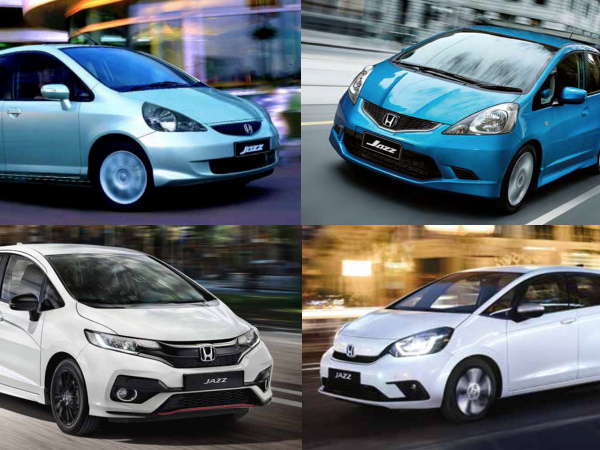
Auto Arena: Which generation of Honda Jazz (Fit) is your favorite?
LienMay 21, 2024
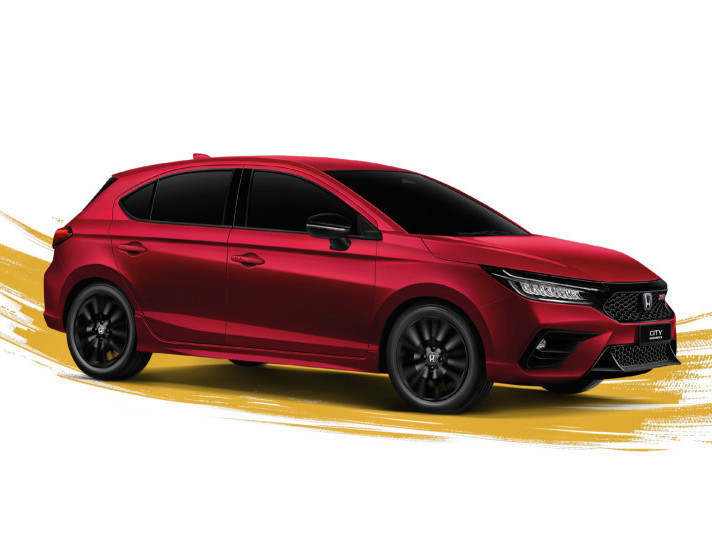
Honda City Hatchback Interior: Surprising Space Inside a Compact Body
WilliamJul 16, 2025
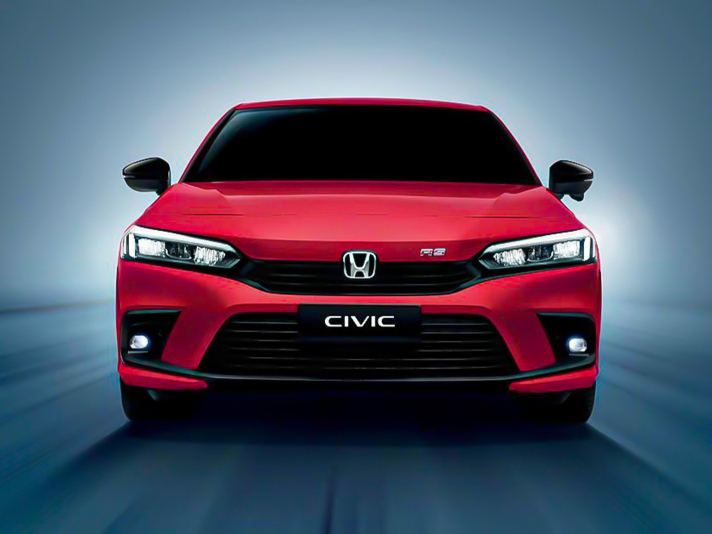
Honda Civic Interior Revealed: A Comprehensive Analysis of Civic’s Interior Charm
Kevin WongJul 10, 2025
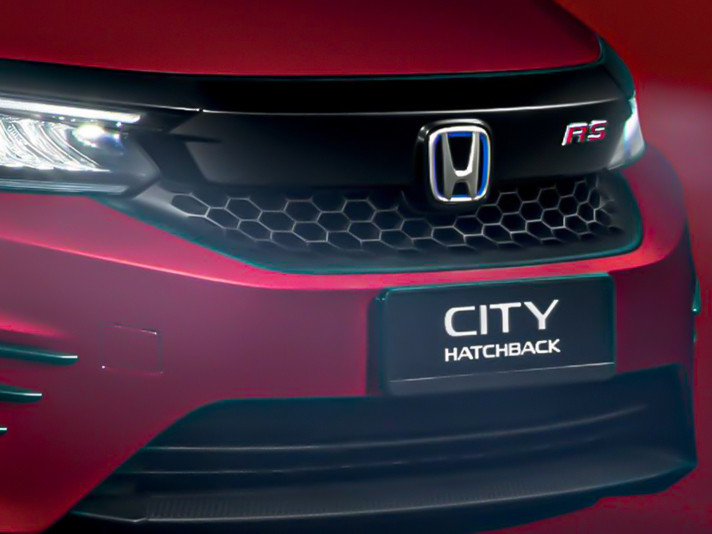
Is Honda City Hatchback Still Worth Buying in 2025?
JohnJun 26, 2025
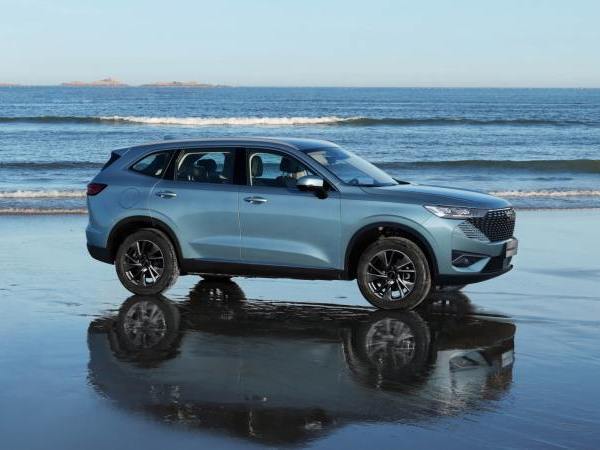
HAVAL H6 HEV Test Drive: A Budget-Friendly Alternative to CR-V e:HEV
WilliamJun 25, 2025
View More


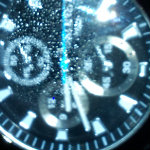





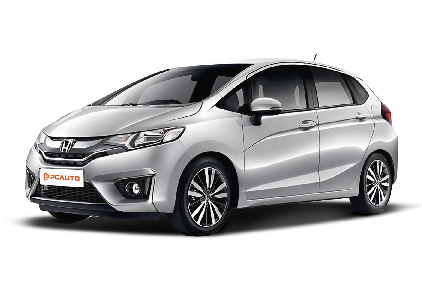
 Cars
Cars


Pros
Cons